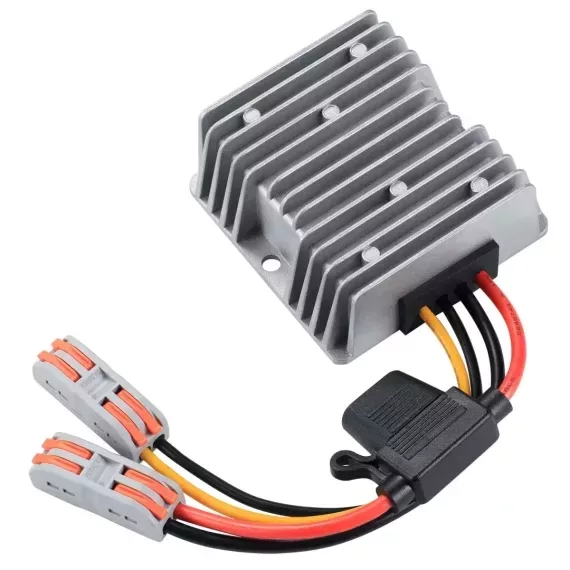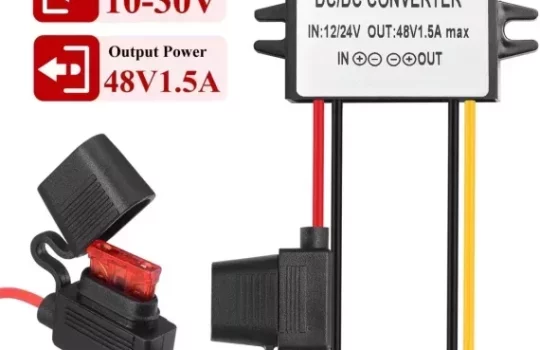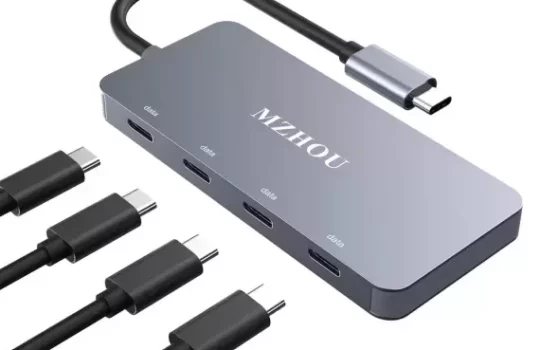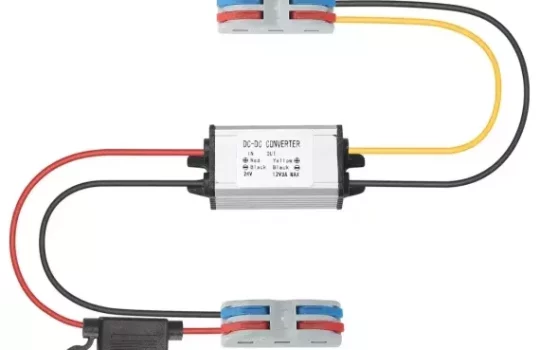DC Boost Converter are fundamental components in modern electronic devices, enabling the conversion of electrical power from one voltage level to another. Whether it’s stepping up (boosting) the voltage or stepping it down (buck), DC converters play an essential role in ensuring the efficient operation of a wide variety of electronic systems. From smartphones and laptops to electric vehicles and renewable energy systems, DC converters are crucial in providing stable and reliable power for various applications.
In this article, we will explore the functions, types, and applications of DC converters, with a focus on answering the question: What exactly does a DC converter do? We will delve deeper into their working principles, benefits, and the challenges faced during their implementation.

What Is a DC Converter?
A DC converter is an electronic device used to modify the voltage level of a DC (Direct Current) electrical signal. The purpose of a DC converter is to adjust the voltage to a level that is more suitable for the device or system in question. There are two primary categories of DC converters: step-up converters (boost converters) and step-down converters (buck converters).
Step-Up DC Converters (Boost Converters)
A step-up converter increases the input voltage to a higher output voltage. For instance, if you have a device that operates at 5V but need 12V for a particular application, a step-up converter would boost the 5V input to the required 12V.
Step-Down DC Converters (Buck Converters)
On the other hand, a step-down converter reduces the input voltage to a lower output voltage. This is useful when you need to power devices that require lower voltages, such as microcontrollers or mobile devices that operate on 3.3V or 5V from a higher voltage source.
Bidirectional DC Converters
Some DC converters, like buck-boost converters, can either step up or step down the voltage depending on the requirements of the application. These are more versatile and useful in situations where the input voltage fluctuates or is not always constant.
In essence, DC converters make it possible to adapt the voltage level to meet specific power requirements, ensuring that the electronic device receives the correct voltage for optimal operation.
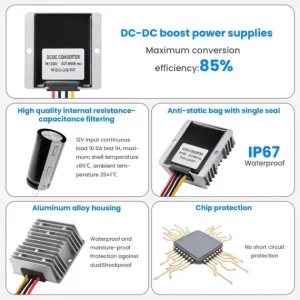
Applications of DC Converters
DC converters are used in a wide range of applications across various industries. Here’s how they’re utilized in different fields:
- Consumer Electronics
In consumer electronics like smartphones, laptops, and gaming consoles, DC converters are used to adjust voltage levels for different components. For instance, the USB ports on computers and chargers often use step-down converters to convert the higher voltage (typically 12V or 19V) from the power supply to a stable 5V for powering devices.
- Electric Vehicles (EVs)
Electric vehicles rely on DC converters to manage the power distribution from the battery. The battery provides high voltage DC power, and converters step this down for use in auxiliary systems (lights, entertainment systems) or step it up to power the vehicle’s electric motors.
- Renewable Energy Systems
In solar and wind power systems, DC converters are crucial for efficiently managing the energy generated. Solar panels typically generate low-voltage DC power, and a step-up converter (boost converter) increases this voltage to a level suitable for storage in batteries or for conversion into AC power for grid use.
- Power Supply Units (PSUs)
Power supply units, especially those used in computers, telecommunications, and industrial control systems, rely on DC converters to step down high voltages to levels required by the internal circuits. Efficient power conversion ensures that electronic systems can operate smoothly and reliably.
- Medical Devices
Medical equipment like pacemakers, heart monitors, and MRI machines require precise voltage regulation. DC converters ensure that these devices receive consistent and reliable power, which is crucial for their proper functioning and for patient safety.
In conclusion, DC converters play a fundamental role in modern electronics by allowing efficient voltage conversion for a wide range of applications. Whether stepping up or stepping down voltage, these devices ensure that electronic systems receive the proper power they need to function reliably.
By understanding the function of a DC converter, how it works, and its many applications, we gain insight into the importance of these devices in powering everything from our mobile phones to electric vehicles. As technology continues to evolve, the role of DC converters will become even more critical, driving innovations in energy efficiency, portability, and power management.

